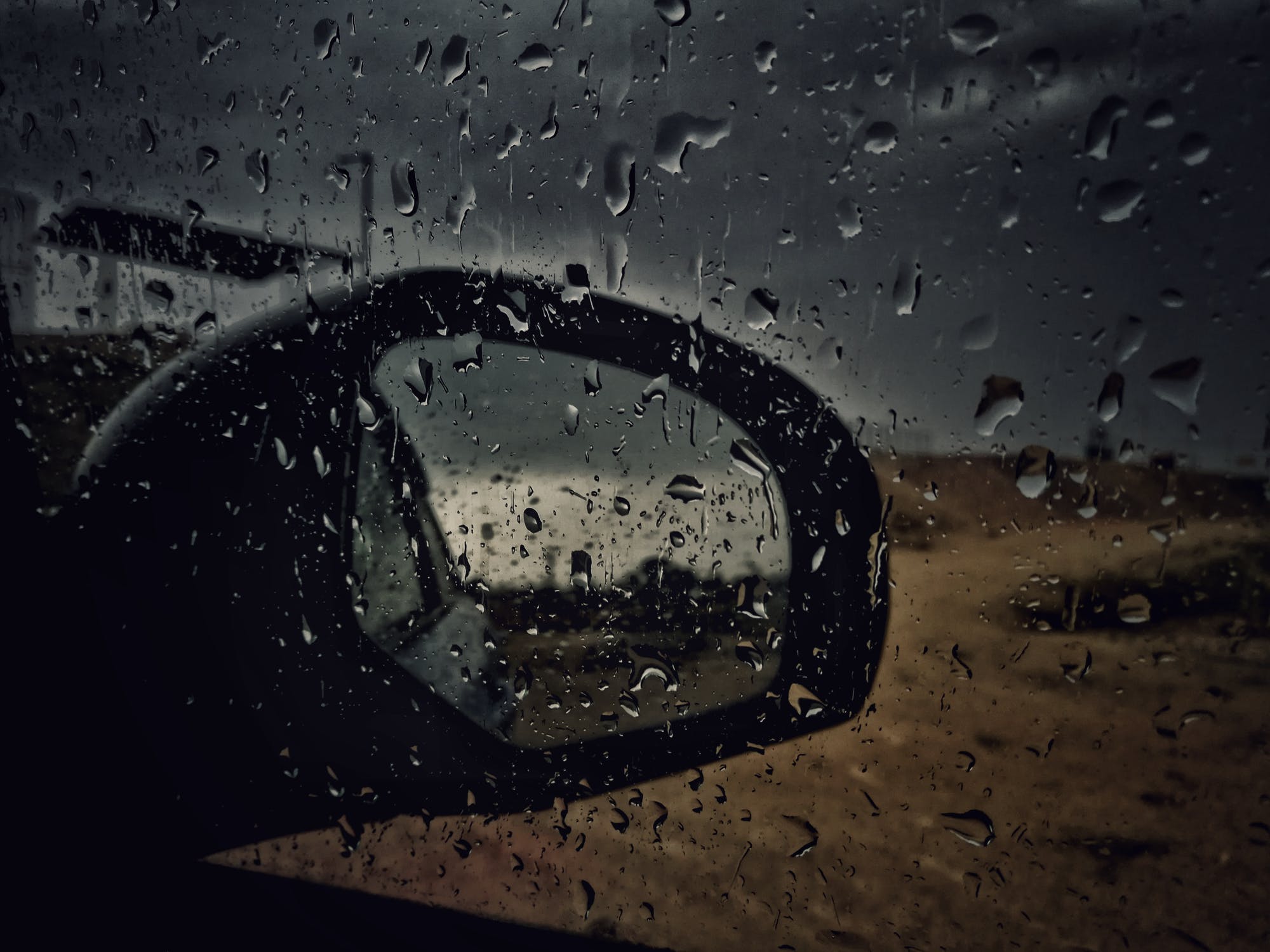Storms, landslides and floods. November was a month for the books for people across B.C., including right here on Vancouver Island.
As an extreme “atmospheric river” ravaged communities, leaving areas flooded and people trapped in cars, St. John Ambulance BC & Yukon is now looking ahead, urging preparation for emergencies to come.
To best set yourself up for safety, officials find it “crucial” to have three emergency preparedness kits ready to go: one at home, one at work and one in the car.
“Usually when people think of an emergency preparedness kit, they plan it for only one space – whether that be their home or workplace,” explains St. John Ambulance CEO Ty Speer.
“However, we urge everyone to have an emergency kit for multiple places, wherever they frequent most, given that you can never predict when or where a disaster will occur.”
An emergency preparedness kit should be built to last at least 72 hours, but ideally longer, and include items such as food, water, an emergency blanket, a first aid kit, a flashlight, radio and more, St. John Ambulance says.
With a vehicle kit, it notes that it should have additional items like a help/OK sign, glass breaker, seatbelt cutter, reflective triangle, booster cables and a safety vest.
“It’s also recommended to personalize your kit with items like medications, photos, family documents, pet information and supplies, portable chargers and a change of clothing,” states a release.
Anyone looking to purchase an emergency kit or safety supplies can visit this website or call 1 (866) 321-2651 for more information.
According to St. John Ambulance, “the majority of those in B.C. aren’t prepared for a natural disaster to hit. According to a survey done by Research Co in 2021, only 38 per cent of British Columbians have purchased or prepared an emergency kit and only 41 per cent have an emergency kit in their car.”
If you have to drive, please make sure you have a vehicle emergency preparedness kit. At home, have an emergency kit ready to go if evacuation is needed. Stay safe!
Contact your local SJA branch or visit https://t.co/XUfsAu77eD to shop our kits. https://t.co/hHUoGeo3XT
— St. John Ambulance (@SJA_BCYT) November 26, 2021






